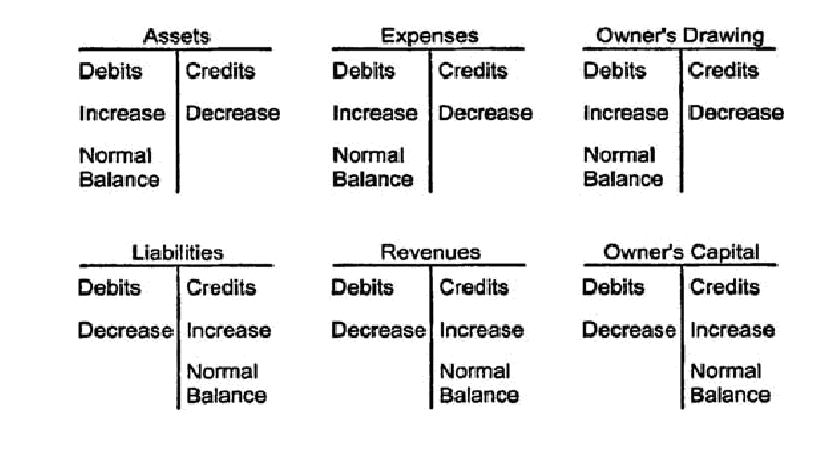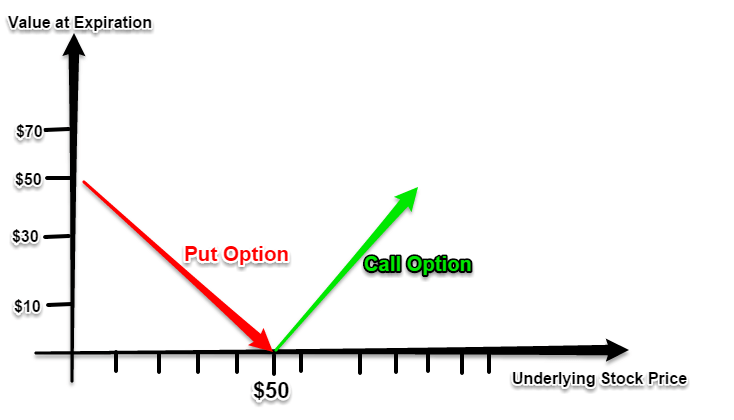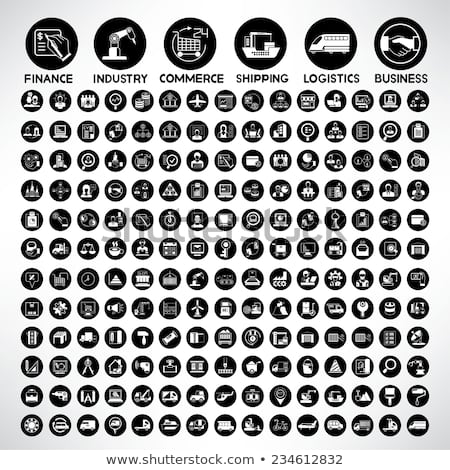What is Monero XMR: All You Need To Know
Contents:


The core use case behind Monero is how transactions are not linkable or traceable because of stealth addresses. This protects sender and receivers while also allowing selective observation of transactions through a public/private view key construct in addition to normal private/public keys . The private spend key basically helps Bob scan the blockchain for his transaction.
However, Bitcoin has 1 Mb block, that’s why sometimes users have to wait for confirmations for hours and increase fees. The space for transactions is small, and the majority of the crypto users don’t even want to try out new currencies. Many of the world’s biggest cryptocurrencies aren’t anonymous. All transactions on Bitcoin and Ethereum are public and traceable, meaning anyone can eavesdrop on transactions flowing in and out of wallets. That’s lead to the rise of a new type of cryptocurrency called privacy coins.
What is Monero? – Forbes Advisor Australia – Forbes
What is Monero? – Forbes Advisor Australia.
Posted: Thu, 17 Nov 2022 08:00:00 GMT [source]
The public spend key makes the second part of the Monero address. Ok, before we get started, let’s just get this out of the way. Monero is not exactly “ASIC resistant”, but the cost of manufacturing ASICs for Monero would be so high that it simply won’t be worth it. Remember, when we said that Monero was based on the CryptoNote system which makes it distinctly different from bitcoins?
Stealth Addresses Protect Senders and Receivers
What RingCT does is simple, it hides the transaction amounts in the blockchain. What this also means is that any transaction inputs don’t need to be broken down into known denominations, a wallet can now pick up ring members from any Ring CT outputs. The private spend key helps in creating that key image which enables them to send transactions.
- Firstly, the transaction details are visible only to the sender and the receiver.
- Eventually, the reward will become smaller than a satoshi and the block reward will cease to introduce any new satoshis to the supply.
- Wasabi is known for its coin mixing build-in script called CoinJoin.
- This characteristic, however, does make it very popular on the darknet and for use with certain activities such as gambling and the sale of drugs.
- Both the sender and the receiver can look up the transaction details within the wallets if they have the key image.
The public view key is used to generate one-time stealth addresses where the funds will be sent to the receiver. Wasabi is known for its coin mixing build-in script called CoinJoin. It allows users to mix the coins within mutual transactions, where the senders and the receivers don’t match.
These secret coins use a specific type of cryptography to hide crypto transactions. The blockchain can know who that address belongs to and as a result checkout their entire transaction history and also a number of bitcoins that they own! While Bitcoin does a stellar job of being a decentralized cryptocurrency, it doesn’t really do a great job of being a private currency system. Monero uses a proof-of-work algorithm, RandomX, to validate transactions. The method was introduced in November 2019 to replace the former algorithm CryptoNightR. Both algorithms were designed to be resistant to ASIC mining, which is commonly used to mine other cryptocurrencies such as Bitcoin.
The Monero Project
Remember, as we said before, in ias 8 changes in accounting policiess, each and every coin is accounted for via a transaction history. So Alice can make the outputs of her previous transactions the input of the new transaction. Later on, when we talk about “outputs”, especially in the ring signature section, we mean the outputs of the old transaction which become the inputs of the new transaction.

When you send the transaction, the wallet is telling the network that nodes must start propagating it. During such a delicate process, you open your IP address and some other metadata to the network. The information won’t e recorded to the blockchain, but someone who actively monitors the network may spot you.
Meet the community!
P2Pool is a sidechain to Monero, and P2Pool blocks are potentially Monero blocks. Each miner submits block templates that include payouts to all of the miners that are mining at the same time . High quality block templates are added to the P2Pool blockchain as blocks; these count as “shares” for the miner who found them. Monero is a hard fork of the cryptocurrency Bytecoin and after that it had its own hard and soft forks. In total there are 18.4 million XMR and mining is projected to go on until 31st May 2022.
- Monero is based on an application level cryptographic protocol focused on privacy called Ring Signatures.
- Very useful in Monero and some altcoins, but still not present in Bitcoin.
- In bitcoin, ethereum, etc. you just have one public key and one private key.
In addition to the view key, users also have a “spend key” that authorizes a selected entity that the user shares the key with to spend or transfer funds from the account. Like the view key, the spend key is 64 characters long and consists of alphabets and numbers. Transacting with Monero, however, does not give the sender a window view of the recipient’s holdings, even though the sender knows the recipient’s public address. Coins sent to a recipient are rerouted through an address that is randomly created to be used specifically for that transaction. Monero’s privacy features have attracted cypherpunks and users desiring privacy measures not provided in other cryptocurrencies. It is used in illicit activities such as money laundering, darknet markets, ransomware, and cryptojacking.
Monero’s Future
It was built after currencies like bitcoin became marred in controversy after it was discovered users were using the currency to buy illegal goods. Monero’s developers wanted to develop a currency where the coins couldn’t be ‘tainted’ by what they had been used for in the past. This quality, known as fungibility is a major selling point for privacy coins. When you create a Monero account you’ll have a private view key, a private spend key, and a Public Address.
Experts Believe AAVE (AAVE) And Monero (XMR) Could Be … – NewsWatch
Experts Believe AAVE (AAVE) And Monero (XMR) Could Be ….
Posted: Wed, 05 Apr 2023 07:00:00 GMT [source]
It also has selective transparency which allows users to make certain transactions visible if desired. Monero, a fork of Bytecoin, is a secure, private and untraceable currency. It utilizes the Cryptonote protocol alongside Ring Signatures, Ring Confidential Transaction and Stealth Addresses to protect user’s privacy.
The recent discovery of secret ASIC manufacturing of Monero miners has prompted the coin to be broken into 6 different forks. On the scalability side, a block limit exists to facilitate more flexible data management and growth solutions. This was by design to allow flexibility in the growth of Monero’s architecture than most blockchains. Source blockchain that allows you to procure a blockchain bootstrap from a raw file. Having started in 2014, XMR didn’t see any relatively large price action until August 2016. At that time, the price went nearly vertical, jumping from around $1.80 (~0.003 BTC) to $13.17 (~0.0217 BTC).

To obfuscate the sender’s identity, when he or she signs a Monero transaction, their signature is combined with past signatures from the Monero blockchain. These act as decoys and make it impossible for an outside observer to determine who actually sent the transaction. The smallest unit of currency is called a Tacoshi, a portmanteau of user Tacotime, an early product lead on Monero and Satoshi Nakamoto, the creator of Bitcoin. Hardware wallets are cryptographically secure devices that help keep your coins safe. Monero is currently supported by Ledger Nano and Trezor Model T.
The recipient can now spend those funds using their private spend key. This occurs without the sender or recipient wallets, nor the amount transacted publicly linked. The Monero network stands out from the crowd of other cryptocurrencies because it changes its algorithm every 6 months. This ensures that ASICs for Monero cannot be created in an efficient manner, thus evading centralization of mining. Monero coins are mined with both GPUs and CPUs giving users a good level playing field. Of course, if you would like to be as efficient and as profitable as possible, I recommend going with the GPUs as they are the best bang for your buck.
Monero, on the other hand, is built for complete and utter privacy. Monero can be a little complicated to understand and access for beginners. If you ever forget your key, then click on Account and then click on “Review Login Key”. The number of nodes being used in I2P will significantly increase post-implementation.
DigiToads presale stage 4 shows impressive growth potential – CryptoNewsZ
DigiToads presale stage 4 shows impressive growth potential.
Posted: Thu, 27 Apr 2023 17:58:55 GMT [source]
This was implementedafter user anonimal pleaded with the Monero community who agreed to fund full-time development to make it a reality. By using stealth addresses, only the sender and receiver can determine where a payment was sent. To force someone to give away his/her private key, you have to first reach him/her. With all imperfections of current financial systems, it has some kind of mechanism in place to help you to discover that path.
Luckily, Monero aims to fix this problem through baked in and coded privacy. Fungibility allows you to exchange the same type of a good or asset with another. For example, you could trade one silver eagle coin for another one silver eagle coin . Monero needs to be able to protect users in a court of law and, in extreme cases, from the death penalty. Users must be able to trust Monero with their transactions, without risk of error or attack. While it is true that keeping track of the money will help you a lot in knowing where and how something was purchased, Monero’s main focus remains on privacy and fungibility.

Well, the hashing algorithm used in CryptoNote based systems is called “CryptoNight”. Monero is a digital currency that offers a high level of anonymity for users and their online transactions. This is an algorithm that provides security to certain cryptocurrencies like Monero. This system prevents problems surrounding double-spending, which can skew the supply, showing there’s much more than actually available. Along with anonymity, the mining process for Monero is based on an egalitarian concept.
However, as you’re using the Monero wallet itself for CPU mining, that shouldn’t be a problem. When it comes to privacy coins, I’d advise you to go with the tried and true rather than the new and flashy. Monero has been battle-tested, and that counts for a lot when you’re looking for something reliable.
You can get an idea of how your hardware performs compared to others, using monerobanchmarks . P2Pool is a clever new way of mining Monero, which allows miners to receive the frequent payouts offered by pools without needing to trust a centralized pool. P2Pool is a Peer-To-Peer mining pool that gives miners full control over their Monero node and what it mines. Miners can decide if they prefer to solo mine or to mine in a pool. It does not require a full blockchain history download and do not contribute to the consensus.
In the case of https://1investing.in/ly owned crypto exchanges, if you trade with them, keep an eye on their change of policies and user feedback. You cannot be sure that the coins you use will not be blocked. In April 2014, a group of cryptocurrency activists announced the BitMonero project. It is one of few privacy coins, with a broad list of features to prevent data leaks. The cryptocurrency is using the code of CryptoNote and Bytecoin projects as its base.


Leave a Reply
Want to join the discussion?Feel free to contribute!